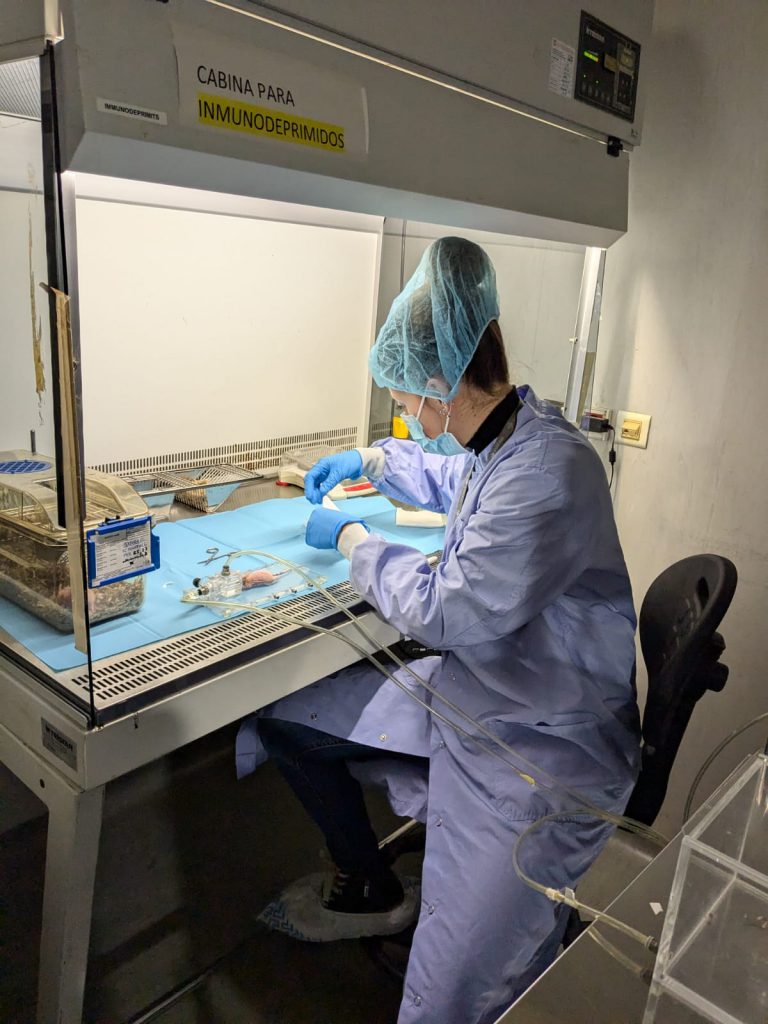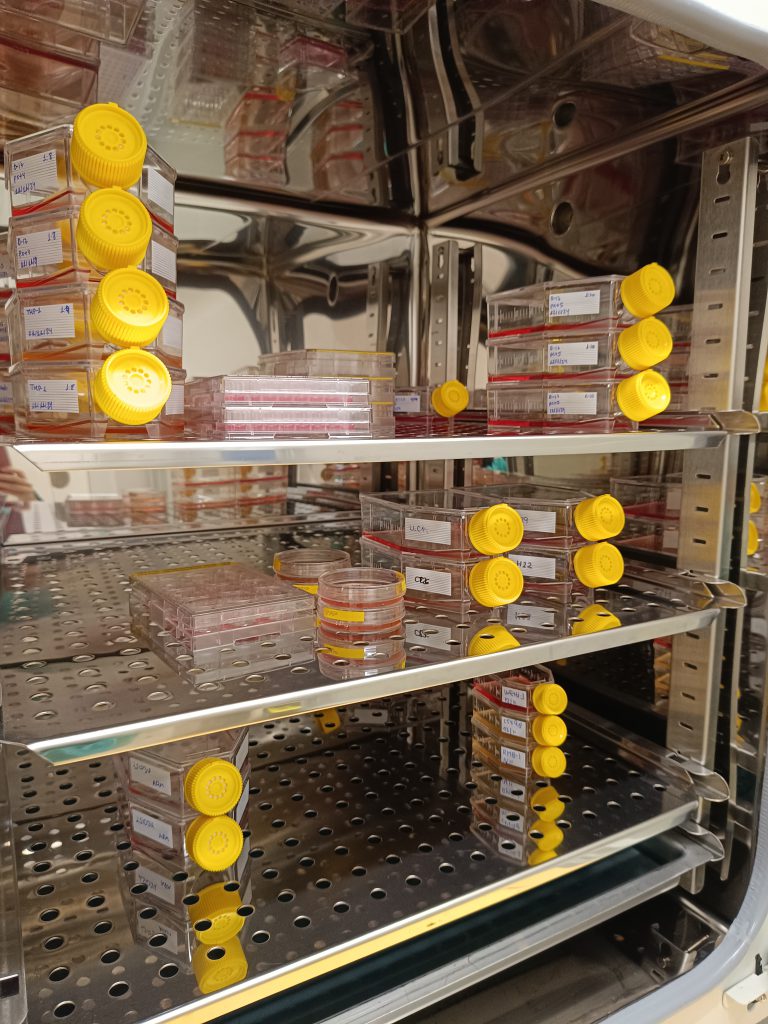U20-S04. In vivo Efficay Assays of drugs, nanomedicines, biomaterials and others (Remote) OUTSTANDING
The unit/platform is specialized in oncology and lysosomal storages diseases, and several animal models are available for this type of diseases.
However, we are experienced in developing new efficacy models for testing novel nanomaterials, carriers and therapeutica compounds. Please contact us to see how we can help you in your research Project.










